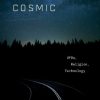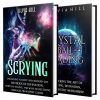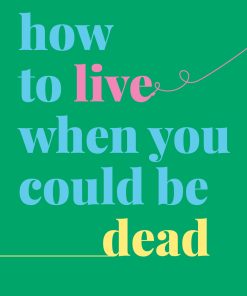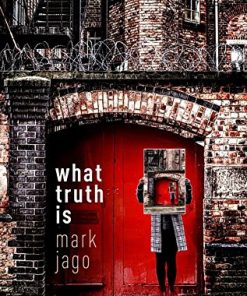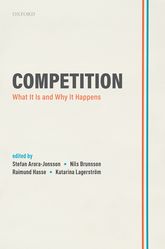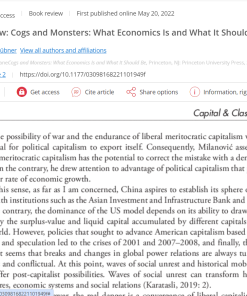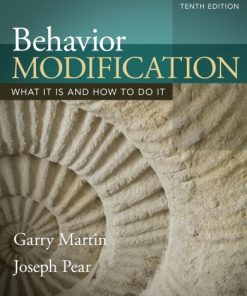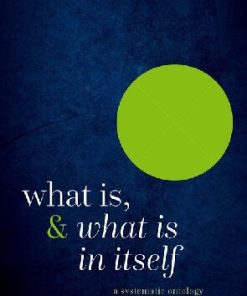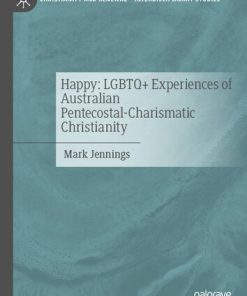What Is It Like to Be Dead?: Christianity, the Occult, and Near-Death Experiences Jens Schlieter
$50.00 Original price was: $50.00.$25.00Current price is: $25.00.
What Is It Like to Be Dead?: Christianity, the Occult, and Near-Death Experiences – Ebook Instant Download/Delivery ISBN(s): 9780190888848,0190888849

Product details:
- ISBN-10 : 0190888849
- ISBN-13 : 978-0190888848
- Author(s): Jens Schlieter
Studies of “near-death experiences” show that such experiences not only provide a new certainty of post-mortem survival, but often function as a call for fundamental change in the present. Reported aftereffects encompass changes in attitudes, beliefs, and life orientation. It is said that “experiencers” have lost their fear of death, found their purpose in life, or become “more spiritual.” The experience – often declared to be indescribable, inexplicable, or ineffable – is held by many to be the most important of their lives and, moreover, the best proof available for matters “transcendent.”
In What Is It Like To Be Dead?, Jens Schlieter argues that to understand recent testimonies of near-death experiences, we need to be aware of the history of innumerable reports of earlier near-death experiences that were communicated and handed down in scores of newspapers, journals, and books. Collections of such testimonies have been published for more than 150 years, accompanied by attempts to classify and interpret them. Schlieter analyzes the religious relevance of near-death experiences -for the experiencers themselves, but also for the growing audience attracted by these testimonies. Near-death experiences bear ontological, epistemic, intersubjective, and moral significance, ranging from reassurance that religious experience is still possible to claims that they initiate a new spiritual orientation in life, or offer evidence for the transcultural validity of afterlife beliefs. This study is the first to document and analyze four centuries of near-death testimonies before the codification of the genre in the 1970s, offering the first full account of the modern genealogy of “near-death experiences.”
Table contents:
Part One Near-Death Experiences as Religious Discourse
1.1. Introduction
1.2. Experiences of Dying and Death
1.3. The Formation of Near-Death Experiences: Moody, Ritchie, and Hampe
1.4. Near-Death Experiences and the Religious Metacultures of Western Modernity
Part Two The Different Strands of Death: Western Discourse on Experiences Near Death (1580–1975)
2.1. Introduction
2.2. Currents of Early Modern Near-Death Discourse
2.3. The Integration of Theosophical Narratives on Travels of the “Spiritual Body” (ca. 1860–1905)
2.4. The Advent of Parapsychology and the Figuration of “Out-of-the-Body Experiences” (1880–1930)
2.5. The Theosophical Discovery of the Tibetan Book of the Dead (1927)
2.6. Consolidation of Near-Death Discourse (1930–1960)
2.7. The Final Configuration of Near-Death Experiences (1960–1975)
Part Three “Near-Death Experiences” as Religious Protest Against Materialism and Modern Medicine in the 1960s and 1970s
3.1. Introduction
3.2. Pushing Near-Death Experiences (I): Privatized Death
3.3. Pushing Near-Death Experiences (II): Reanimation, “Coma,” and “Brain Death”
3.4. Pushing Near-Death Experiences (III): LSD- and Other Drug-Induced Experiences
3.5. The Imperative of “Individual Experience”: Institutional Change of Religion in the 1960s and 1970s
Part Four Wish-Fulfilling Expectations, Experiences, Retroactive Imputations: In Search of Hermeneutics for Near-Death Experiences
4.1. Introduction
4.2. Excursus: The “Death-x-Pulse,” or: How to Imagine the Unimaginable?
4.3. The Survival Value of Narratives?
Part Five The Significance of Near-Death Experiences for Religious Discourse
5.1. The Presence of Religious Metacultures in Near-Death Discourse (1580–1975)
5.2. The Religious Functions of Near-Death Experiences
Bibliography
Index
People also search:
what is it like to be dead reddit
what is it like to be dead forever
what is it like to be dead and come back
what is it like to be dead
this is what it’s like to be known as dead
what is it feel like to be dead
You may also like…
Uncategorized
Politics & Philosophy - Anthropology
Business & Economics
Uncategorized
Book Review: Cogs and Monsters: What Economics Is and What It Should Be Jamin Andreas Hübner
Politics & Philosophy - General & Miscellaneous Philosophy
What Is, and What Is In Itself: A Systematic Ontology Robert Merrihew Adams
Uncategorized
Happy: LGBTQ+ Experiences of Australian Pentecostal-Charismatic Christianity 1st Edition


